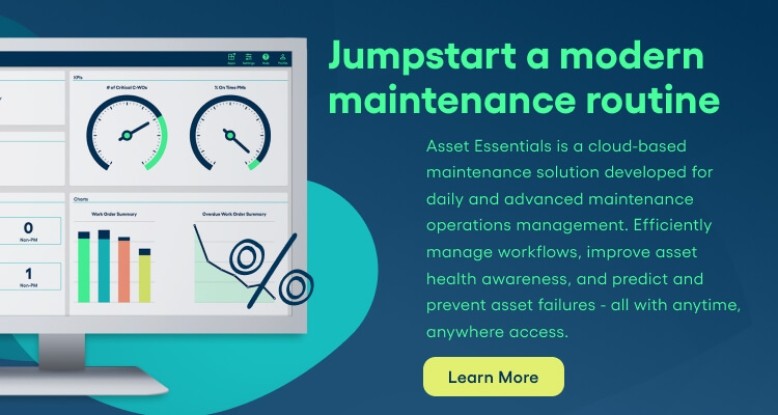6 Critical Areas of Response Within Emergency Management
Preparing for an emergency and documenting everything after the fact are both important bookends to the emergency management process for healthcare organizations.
But, where the rubber really meets the road is during what’s in between – the response phase, when the actual event is happening.
During this phase, you want to ensure you have the protocols and processes in place, so your team knows what to do, when and whom is in charge during an emergency.
6 Specific Areas
The Joint Commission organizes emergency response into six critical areas with related codes that make an impact on the safety of patients and staff.*
1. COMMUNICATION (EM.02.02.01)
As part of its Emergency Operations Plan, the organization prepares for how it will communicate during emergencies.
Takeaway: It’s important in your preparation phase to communicate with first responders and others in your community who you may need to utilize during an emergency. The documentation of protocols around this are also critical to ensuring they are handled properly.
2. RESOURCES & ASSETS (EM.02.02.03)
For organizations that plan to provide service during an emergency: The Emergency Operations Plan describes how the organization will prepare for how it will manage resources and assets during emergencies.
Takeaway: If you can keep patients on-site, then you must have a plan for how to make supplies last, as well your current inventory. This should be organized beforehand and constantly monitored and maintained.
Talk to one of our product experts about how you can protect your organization before, during and after an emergency.
3. SAFETY & SECURITY (EM.02.02.05)
As part of its Emergency Operations Plan, the organization prepares for how it will manage security and safety during an emergency.
Takeaway: Be sure to include in your EOP specifics on how safety and security will be prioritized and organized, whether it’s an active shooter situation, natural disaster or other types of emergency. Documentation not only helps educate responsible parties prior to an event, but also provides something to refer back to during response and after an emergency during your evaluation process.
4. STAFF RESPONSIBILITIES (EM.02.02.07)
The organization prepares for how it will manage staff during an emergency.
Takeaway: Make sure you have a digital and/or mobile system to keep track of staff, as well as the actions taken during and after an event. This documentation will be useful to stay organized, as well as for insurance and compliance record-keeping purposes after the fact.
5. UTILITIES MANAGEMENT (EM.02.02.09)
As part of its Emergency Operations Plan, the organization prepares for how it will manage utilities during an emergency.
Takeaway: Utilities are a big part of your daily job. Don’t just think about maintaining them for a normal day, but also document how your facility would deal with a power outage or even a generator outage and what redundancies you have in place to ensure you can continue to care for patients.
6. PATIENT CLINICAL & SUPPORT ACTIVITIES (EM.02.02.11)
The organization has a system to track the location of patients sheltered on site during an emergency. This system includes documentation of the name and location of the receiving facility or alternate site in the event a patient is relocated during the emergency.
Takeaway: Not only do you need a plan to track staff, but also patients in the event of an emergency. Organize who oversees this in each department to make sure you have your bases covered.
Talk to one of our product experts about how you can protect your organization before, during and after an emergency.
*2 EC made easy: Your Key to Understanding EC, EM, and LS, The Joint Commission. 2017.




